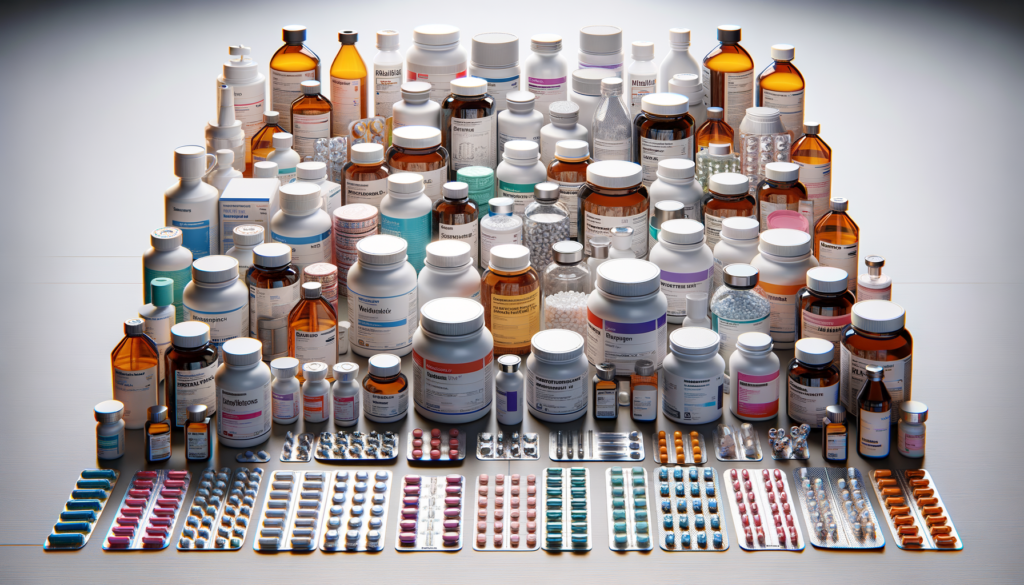The Gaming Blog

The Significance of Pharmaceutical Packaging
Pharmaceutical packaging is an essential component of the healthcare industry, serving as the first line of defense for medications. It not only protects drugs from environmental factors such as moisture, light, and temperature but also ensures that they remain effective throughout their shelf life. The significance of pharmaceutical packaging extends beyond mere protection; it plays a critical role in maintaining the integrity and safety of medications, which is vital for patient health.
Moreover, pharmaceutical packaging is a key player in regulatory compliance. With stringent guidelines set by health authorities worldwide, packaging must adhere to specific standards to ensure safety and efficacy. This includes the use of tamper-evident features, child-resistant closures, and clear labeling to prevent misuse and ensure proper dosage. These elements collectively contribute to a robust system that safeguards public health.
In addition to protection and compliance, pharmaceutical packaging is instrumental in providing essential information to consumers. Labels on packaging offer critical details such as dosage instructions, expiration dates, and potential side effects, empowering patients to make informed decisions about their medication use. This transparency not only enhances patient safety but also fosters trust between consumers and pharmaceutical companies.
Types of Pharmaceutical Packaging
The world of pharmaceutical packaging is diverse, with various types designed to meet specific needs. Primary packaging, which comes into direct contact with the medication, includes items like blister packs, bottles, and vials. These are crucial for protecting the drug from contamination and ensuring its stability. Blister packs, for example, provide individual compartments for tablets or capsules, safeguarding them from external elements.
Secondary packaging, on the other hand, serves to group primary packages together. This includes boxes and cartons that offer additional protection during transportation and storage. Secondary packaging also plays a vital role in branding and marketing, as it is often the first thing consumers see. It provides space for branding elements and detailed product information, enhancing the overall consumer experience.
Tertiary packaging is used for bulk handling and shipping, ensuring that products reach their destination safely. This includes pallets, crates, and shrink wraps, which are essential for large-scale distribution. Each type of packaging, from primary to tertiary, is designed to fulfill specific functions, ensuring that medications remain safe and effective from production to consumption.
Innovations in Pharmaceutical Packaging
As technology advances, so does the field of pharmaceutical packaging. Innovations are continually emerging to address challenges and improve efficiency. One such innovation is smart packaging, which integrates technology to enhance functionality. For example, some packages now include sensors that monitor temperature and humidity, ensuring that medications are stored under optimal conditions.
Another exciting development is the use of sustainable materials in packaging. With growing environmental concerns, the industry is shifting towards eco-friendly solutions. Biodegradable and recyclable materials are becoming more common, reducing the environmental impact of pharmaceutical packaging. This shift not only benefits the planet but also aligns with consumer preferences for sustainable products.
Additionally, advancements in printing technology have improved the quality and clarity of labels, making it easier for consumers to access important information. QR codes and RFID tags are also being used to provide additional data, such as detailed product information and authentication features. These innovations are transforming pharmaceutical packaging, making it more efficient, sustainable, and user-friendly.
Challenges in Pharmaceutical Packaging
Despite the advancements, pharmaceutical packaging faces several challenges. One significant issue is the need for compliance with ever-evolving regulations. As health authorities update guidelines, packaging must be adapted to meet new standards, which can be time-consuming and costly for manufacturers. This constant need for compliance requires ongoing vigilance and adaptation.
Counterfeiting is another major concern in the pharmaceutical industry. Fake medications pose a serious threat to public health, and packaging plays a crucial role in combating this issue. Anti-counterfeiting measures, such as holograms and tamper-evident seals, are essential to ensure the authenticity of products. However, implementing these features can increase production costs and complexity.
Additionally, the demand for more sustainable packaging solutions presents a challenge. While there is a push towards eco-friendly materials, finding options that meet the stringent requirements for pharmaceutical packaging can be difficult. Balancing sustainability with the need for protection and compliance is an ongoing struggle for the industry.
The Future of Pharmaceutical Packaging
The future of pharmaceutical packaging is poised for exciting developments as the industry continues to evolve. One area of focus is personalized packaging, which tailors solutions to individual patient needs. This could include customized dosage forms and packaging that provides specific information based on a patient’s medical history.
Another trend is the integration of digital technologies. With the rise of telemedicine and digital health, packaging is likely to incorporate more digital features, such as interactive labels and connectivity with health apps. This could enhance patient engagement and adherence to treatment regimens.
Furthermore, as sustainability becomes increasingly important, the industry will continue to explore innovative materials and processes to minimize environmental impact. This includes the development of biodegradable materials and more efficient recycling methods. The future of pharmaceutical packaging is bright, with advancements that promise to enhance safety, efficiency, and sustainability.









